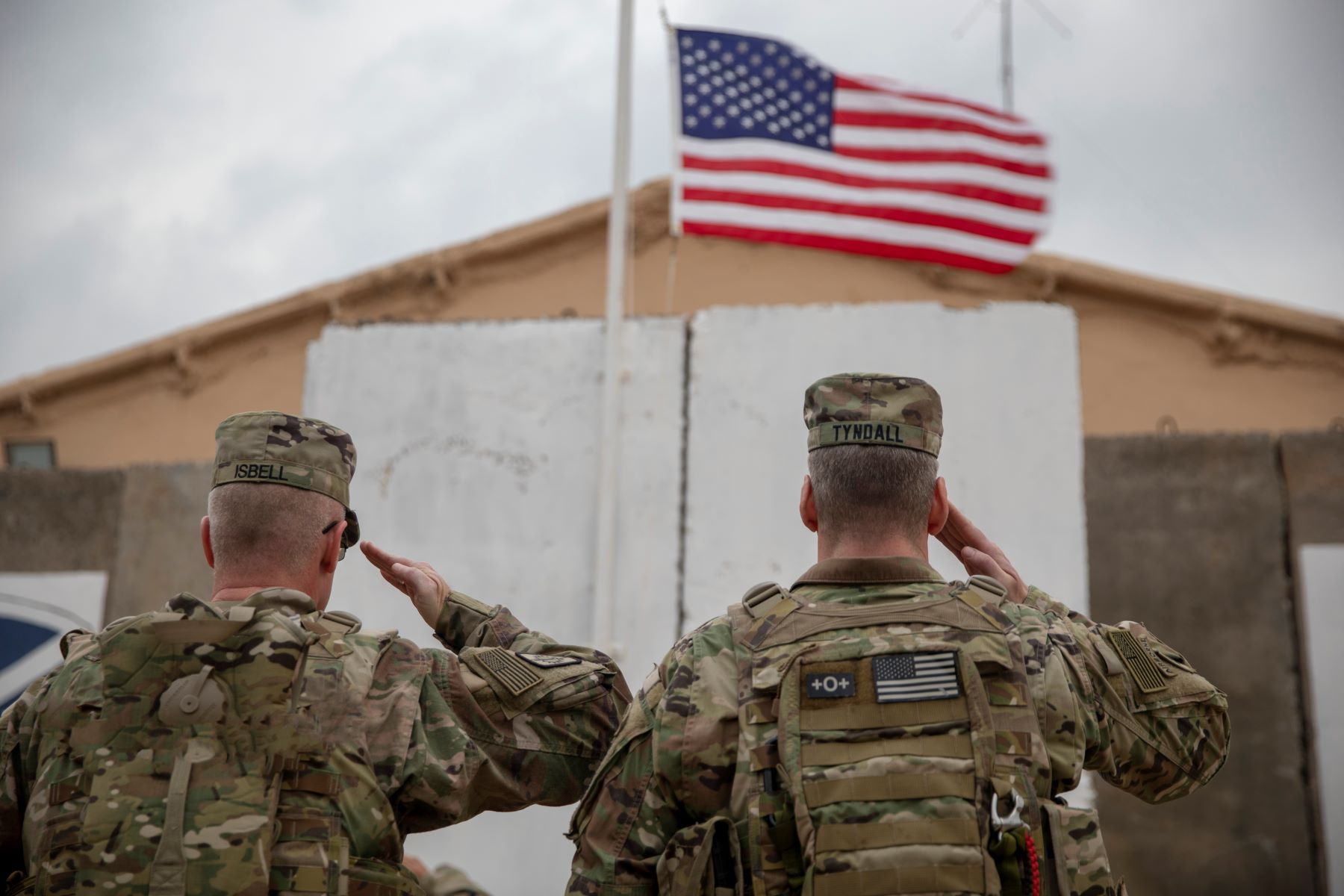
According to a service-wide directive issued this week, the Army is looking to reintegrate retired soldiers to fill critical manpower shortages. The All Army Activities (ALARACT) document describes how Army retirees can find and apply for open positions, to ensure that the Army has enough personnel to fill all authorized positions.
The message comes as the service publicly acknowledges its struggles to balance a shrinking workforce with the demands of sprawling global mission sets, as recruitment issues persist for the third year.
Army, Reserve, or National Guard soldier who is retired is eligible to apply
“A review of commands’ requests for [the] fill of authorized personnel vacancies, in conjunction with current Army manning guidance, prompted review of how the Army can fill key and critical position vacancies,” the document stated, outlining the current situation. “The retiree recall program can be an effective tool to fill personnel shortages of authorized regular Army vacancies that are considered key and essential.”
It was unclear whether the Army had already identified manning shortages to be filled or was sending out the message in anticipation of future needs.
According to the message, any Army, Reserve, or National Guard soldier who is retired or will soon be retired (meaning they have served at least 20 years) and is receiving retired pay is eligible to apply. Neither age nor disability would preclude a soldier from joining, depending on the disability, and they would still be required to meet the Army’s health standards.
“There is no age limitation, although personnel older than 70 are not normally recalled,” the message states.
Those who apply for the program are essentially allowing the Army to send them orders to return to active duty if a critical role becomes available that no one else can fill. However, the message prohibits any special pay or incentives.
The Army is “over-structured,” which means there aren’t enough soldiers to fill existing units
The publication sparked confusion and irony among military professionals online about the program’s voluntary nature and whether it signaled deeper manning issues.
“The Army does have significant manpower shortages, but they are concentrated at the lower enlistment grades due to the recruiting crisis,” retired Lt. Col. Thomas Spoehr, an expert on defense policy and strategy and senior adviser at the Center for Strategic and International Studies, told the DCNF. “So I am not sure this particular message does indicate a problem since retirees are old.”
However, the Army recently acknowledged a persistent issue with roles remaining unfilled for too long and proposed a reorganization that would reduce the number of open positions by thousands.
After a year-long review of the Army’s existing force structure, published in late February, the service concluded that the number and specialization of positions in the force did not correspond to the changing security environment.
The Army is “over-structured,” which means there aren’t enough soldiers to fill existing units and organizations, according to the review. It emphasized that the cuts will affect “authorizations (spaces)” rather than “individual soldiers (faces).”
The Army’s current force structure assumes an active duty end strength — or total number of troops — of 494,000, according to the report. In the fiscal year 2024 defense policy bill, Congress set an end strength cap of 445,000, a historically low number due to the Army’s recruitment challenges.
